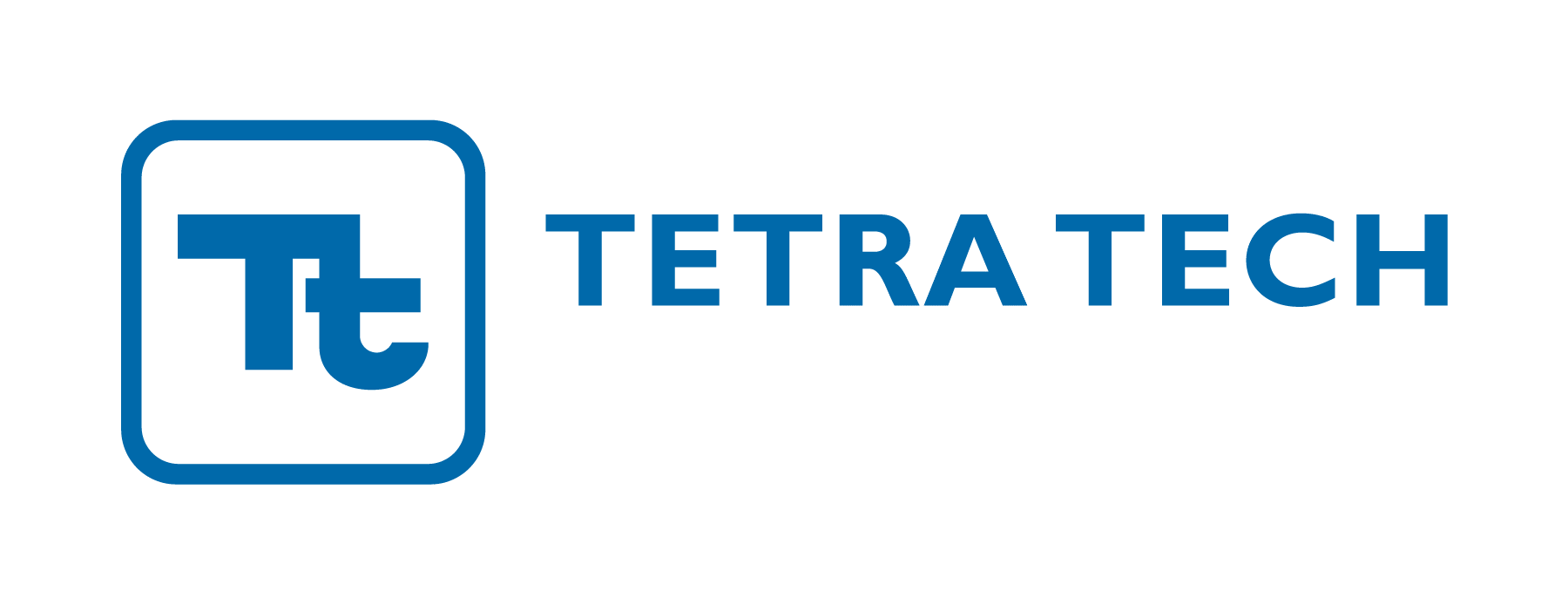If you’re new to the International Material Data System (IMDS), learning how to add materials and build components can feel overwhelming. Yet, with stricter global compliance requirements and growing expectations around material transparency, getting it right from the beginning is more important than ever.
This guide covers the fundamentals of assembling components in IMDS, how to work with materials declarations, and what you need to know about recent IMDS system updates that affect reporting, recyclate content, and SVHC thresholds.
Getting Materials Declarations from Your Suppliers
To build a component in IMDS, you first need a material declaration from your supplier with full composition details. IMDS reporting often becomes stressful when suppliers cannot provide complete material data for every part. This could come from:
- Section 3 of a Safety Data Sheet (SDS)
- A chemical or spectrometer analysis
- An engineering print or specification sheet
The declaration should include:
- All basic substances present
- CAS numbers (Chemical Abstracts Service)
- Percentages for each substance
For metals, the declaration should list all alloying elements except base iron. The total must add up to between 90 and 100 percent, as IMDS allows up to 10 percent of a material to be marked as “not to declare,” often for proprietary content.
For organizations facing delays or gaps in supplier data, Tetra Tech provides IMDS supplier engagement tools to help streamline communication, improve response rates, and reduce reporting bottlenecks. You can learn more here: IMDS Supplier Engagement – Tetra Tech Sustainable Markets.
How to Handle Percentage Ranges
If your data uses percent ranges, IMDS Recommendation 001 sets limits:
- 0 to 7.5 percent range → maximum 3 percent spread
- 7.5 to 20 percent → maximum 5 percent spread
- 20 to 100 percent → maximum 10 percent spread
If the provided range exceeds the allowed spread, use the average.
Adding Materials in IMDS
Once you have your declaration, you can either find an existing material in IMDS or create a new one.
To search for an existing material:
- Open the MDS dropdown or material search
- Check “Published MDSs”
- Enable “Search by supplier”
- Enter the standard material number, such as a UNS or Norm Code
- Click Search
If a matching material appears, confirm the classification and composition before using it.
To create a new material:
Choose the appropriate classification:
- 1 to 4: Metals
- 5: Thermoplastics and polymers
- 6: Adhesives
- 7: Glass, ceramics, and organic materials
- 9: Petroleum products
Note that Classification 8 remains deactivated as of IMDS 13.0. Enter the basic substances and their respective percentages or ranges. Then answer questions related to recyclate and bio-based content, apply any applicable exceptions, and internally release the material for use in components or semi-components.
Recent IMDS Updates
If you last used IMDS in an earlier version, the system has undergone several important changes.
- Added SC90 logic (advanced material checks) for thermoplastics and structure mix
- Flagging of outdated MDSs over 10 years old
- Auto-reveal of confidential declarable substances after regulatory updates
- New workflows for recyclate and bio-based content input
- Introduced dynamic SVHC status based on thresholds and real-time regulatory data
- Expanded the Regulation Wizard to cover medium-chain chlorinated paraffins (MCCPs)
- Allowed rest values to be reported as ranges
- Enabled Product Carbon Footprint (PCF) reporting based on Recommendation 027
- Improved IMDS Connect user permissions and interface
IMDS 15.1 (October 2025):
- Additional SC90 validation checks
Classification handling and minor interface refinements
Tips to Make Your IMDS Entries Smoother
- Keep your MDS records current. Data older than 10 years may trigger warnings or errors.
- Use Recommendation 001 and 027 for guidance on composition and PCF reporting, respectively.
- Double-check SVHC flags, which may now be triggered based on updated thresholds.
- Coordinate early with suppliers to collect full material data.
- Standardize data entry processes with internal checklists or templates.

Where to Get Help with IMDS Training and Supplier Data
Tetra Tech offers a range of services to help both new and experienced users navigate IMDS with confidence. Our support includes online IMDS training (basic, intermediate, and advanced levels available globally), in-person sessions at our Ann Arbor, MI office, and tools like our IMDS Supplier Engagement Tool to streamline supplier collaboration and data collection.
Whether you need help building materials, preparing submissions, or understanding new IMDS functionality, our experts can help you meet regulatory requirements efficiently and accurately. Tetra Tech partners with automotive and manufacturing clients worldwide to simplify IMDS reporting and strengthen compliance across the supply chain. To learn more, contact our team at [email protected] or click below.






